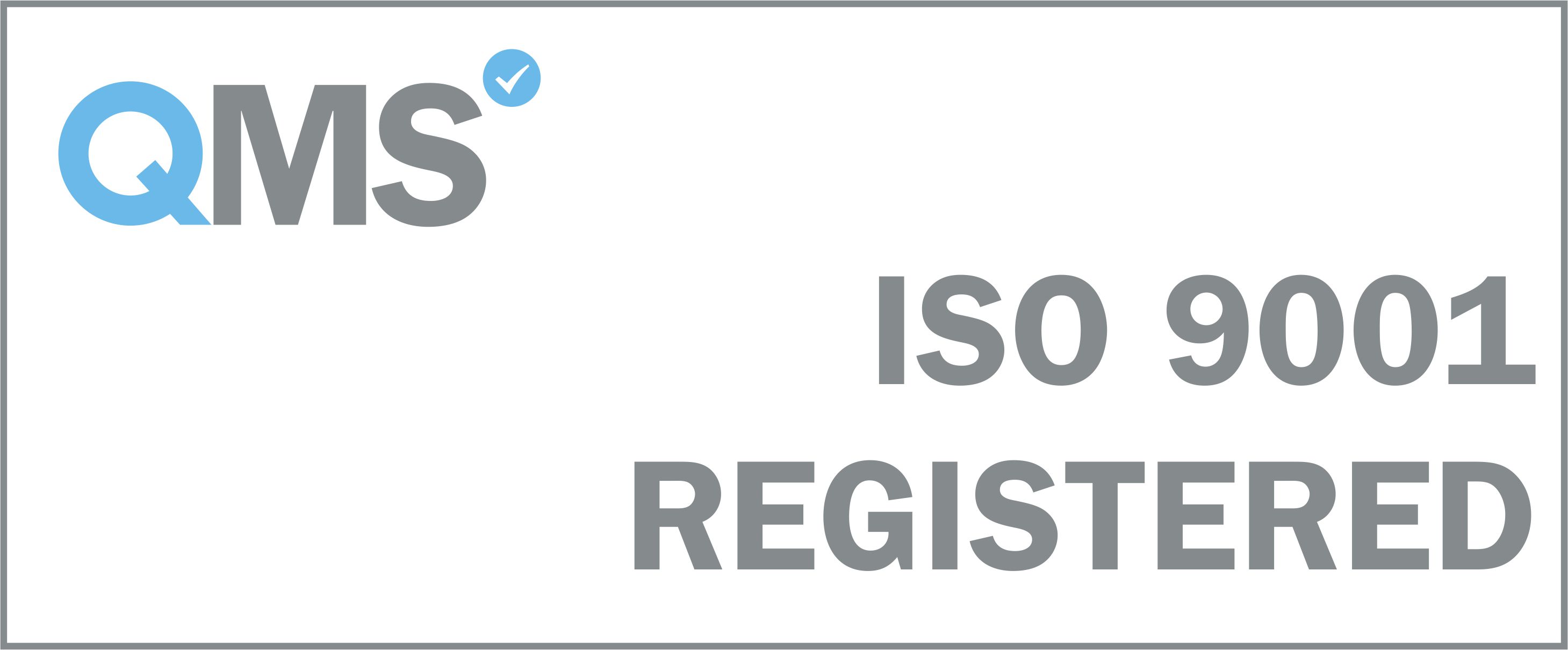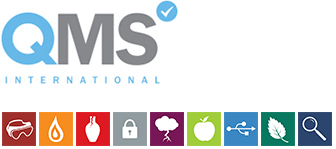During the Process Hazard & Risk Assessment (PHRA) phase of a project, Safety Functions, or Safety Instrumented Functions (SIF) are identified through the HAZOP studies.
To further develop the design of the safety related system, the SIF need to have a risk reduction or SIL target. The targets will be based on the necessary risk reduction required to meet the companies Corporate Risk Criteria.
The SIL target can be calculated using Layer of Protection Analysis (LOPA), which is one of several methods detailed in IEC 61511.
Using this semi-quantitative method, has the distinct advantage of identifying real project specific items of 'sources of demand', 'protection layers' and mitigation, which are taken into account where applicable, when calculating the SIL necessary to meet the Corporate Risk Criteria
.
The LOPA approach, as with the HAZOP studies, needs a team of experienced discipline engineers with process, operations and maintenance backgrounds to work through the LOPA checklists for each demand scenario.
The more experience in the team, including process familiarity, the more level of confidence can be achieved in the LOPA output results.
It is also important, that an experienced LOPA chair is used to manage the study, as the chairs LOPA experience will ensure a thorough study is conducted. A thorough study will ensure that all scenarios are adequately assessed and recorded, so that there is no ambiguity at a later date, when the design team or third party auditor read through the LOPA report.
It is recognized that the LOPA method is not always possible for some systems and an alternative qualitative approach, such as Risk Graph is necessary.
The Risk Graph approach relies on qualitative judgments based on a company calibrated severity.
The Risk Graph approach can be seen as screening tool to quickly identify SIL targets.
Here at Whorlton we can offer Chair for both methods of SIL determination using the clients software or Whorlton in-house LOPA Plus.
It is our preference to use the LOPA methodology to establish SIL targets, however, we are happy to use Risk Graph for an initial screen, then use LOPA or Fault Tree analysis, where SIL 2 targets and above are encountered, for further analysis.
At Whorlton we use Technis TTREE Fault Tree and LOPA Plus, with failure rate data taken from Technis FARADIP or OREDA, but we are happy to use client software and reliability data if preferred.
If you would like more information on how Whorlton can help your company with Safety Instrumented Function (SIF) - Risk Reduction Targets please contact us.
Other Services
Functional Safety RegulationsFunctional Safety Audits and Assessments
HAZOP
Design
Verification and Validation
Commissioning and Operation

Latest Case Study
Chemical Facility - Hardwired Safety Instrumented System (SIS) Upgrade
This was an extremely interesting and challenging project, involving detailed planning, site surveys, design, build, test, commissioning, with close liaison with operations on a live facility, with limited process shutdown windows.
Read more




